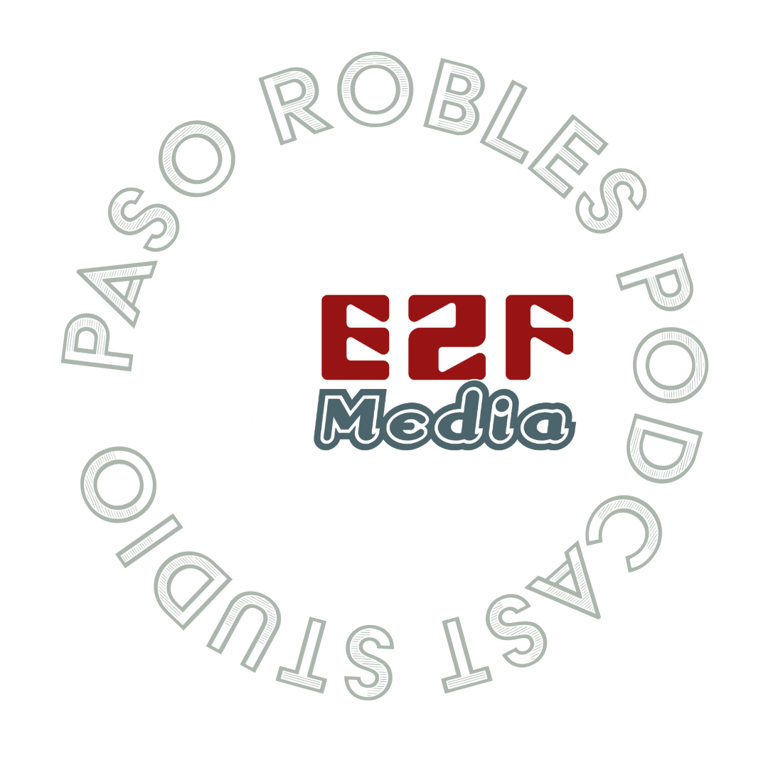Unraveling the Social Side of Podcasting
A Guide to Understanding Podcasts as Social Media


In the ever-expanding realm of social media, podcasts have emerged as a powerful and often underestimated player. While traditionally associated with audio content, podcasts are, in essence, a dynamic form of social media. Let's dive into how podcasts can be better understood within the context of social platforms.
1. Engagement Beyond Words:
Podcasts extend the reach of social media by providing a platform for engaging conversations. Unlike written content, podcasts let listeners connect with the tone, emotions, and personality of the speaker. This unique engagement fosters a sense of community and connection, similar to interactions on other social media channels.
2. Interactive Conversations:
Social media thrives on interaction, and podcasts are no exception. Incorporating interactive elements, such as Q&A sessions, listener polls, and live recordings, turns podcasts into a two-way street. This level of engagement transforms passive listeners into active participants, creating a social environment within the podcasting sphere.
3. Building Communities Around Topics:
Podcasts often focus on specific niches or topics, attracting like-minded individuals. This concentration on particular subjects fosters the creation of communities around shared interests. Social media platforms traditionally known for community-building can take inspiration from how podcasts naturally form these dedicated spaces.
4. Cross-Promotion and Collaboration:
Collaborations are a staple in social media strategy, and podcasts excel in facilitating cross-promotion. Podcast hosts frequently invite guests, share audiences, and cross-promote each other's content. This collaborative approach mirrors the essence of social media partnerships, expanding reach and creating a network effect.
5. Real-Time Listener Feedback:
Social media is renowned for immediate feedback, and podcasts can achieve a similar real-time connection. Through comments, reviews, and social media shoutouts, podcasters receive instant reactions from their audience. This instant feedback loop enhances the social aspect, allowing creators to adapt and respond swiftly to audience preferences.
6. Utilizing Social Platforms for Distribution:
Podcasts leverage traditional social media platforms for distribution. Episodes are shared on platforms like Twitter, Instagram, and Facebook, bridging the gap between audio content and visually-driven social media. This cross-platform presence enhances discoverability and widens the social reach of podcasts.
7. Metrics and Analytics for Optimization:
Similar to social media analytics, podcasters analyze metrics like downloads, listener demographics, and listener retention rates. These insights guide content creators in optimizing their approach, tailoring content to their audience's preferences, much like the data-driven strategies employed in successful social media campaigns.
In conclusion, podcasts are more than just audio content – they represent a dynamic form of social media. Through engagement, interactivity, community-building, and cross-promotion, podcasts embody the social essence that defines successful online platforms. Understanding and embracing podcasts within the broader social media landscape opens up new avenues for connection, interaction, and audience growth.
